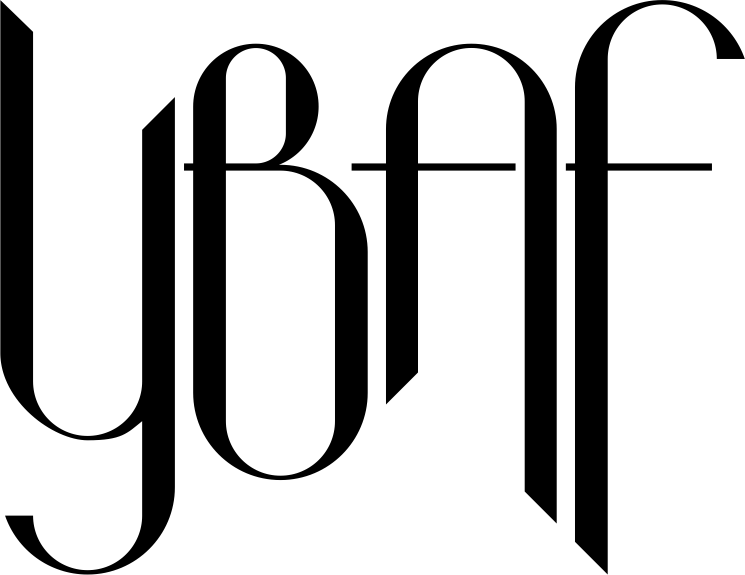border_line
“I noticed that in the represented series of works I turned from an “author-doer” to an “observer-recorder”. Perhaps by using the most experienced method of unblocking the cognitive I have turned to the technical abilities of the material, as a direct way of disclosing the form. I followed the hints of the materials, in this case the canvases and oil paint, creating possibilities for those to expose and gush themselves freely in the created determined situation”.
Armen Hakobjanyan
-artist-
“Armen Hakobjanyan’s series entitled “0-Panorama” definitely represent paintings, an expression that is rarely used in the context of contemporary art, as on the way of redefining it, artists refuse being limited within the frames of the canvas. Earlier, at the beginning of the 20th century, oil paint became its own content, speaking for itself and redefining what the art is, simultaneously freeing the image from its plot content. It may seem that this dialogue is an overtalk, but this artist returning to the oil painting, again raises questions of the meaning and essence of art.
“What is art” and “what is it about?”
When viewing these large canvases from afar one needs no description to identify that those are landscapes, perhaps not typical Armenian ones, but still monumental mountains. Only after taking a closer look, the monumental mountains turn out to be just surfaces. Leaving the viewer with no plot, narrative, or even emotional classic interpretation, these surfaces become textures, which are a dialogue between canvas and oil paint, the artist`s two important materials.
Artist works on a horizontally placed canvas, letting the paint flow creating its own content. The surfaces of canvases become platforms where you can once again engage yourself in a broad conversation on the perception of the artwork and on the role of materials in it. Does the paint speak or it just creates its own flow?”
Sona Hovhannisyan
-curator-
“What you see exists on its own. But is it still there, when you don’t look at it? Are the things existing out of your gaze, or they start existing once appearing in your view which formulates and defines them. Look. What you see now on the canvases and describe as “mountains” or “waters”, is just a surface. Both surfaces, the one you imagine and the one you actually see are the results of certain processes. These processes start from definitions, conditional separation of one surface from another, which the eye later sees as sky or a mountain top. All starts from the definition of the borderline. A line that divides the space into two conditional parts and gives them freedom of forming and flowing, though the freedom is previously limited by certain borders. This border is the compromise line between the artist, his desires and the materials with their functional abilities. As a result, we get surfaces, having forms, but lacking formulations. A surface that doesn’t have the need of being filled with narrative or plot. You can see mountains or sky, cold or warm, yours or mine, but you can also liberate yourself from this habit of describing everything and give yourself freedom to see what you see.”
Ella Kanegarian
-curator-
ARMEN HAKOBJANYAN
Armen Hakobjanyan is a contemporary painter born in 1989 in Sisian (Syunik Province in southern Armenia. During his teenagerhood, Armen has studied in the Sisian School of Fine Arts named after Zaqar Khachatryan. Here he studied under the supervision of Ashot Avagyan, a well-known Armenian painter, who is inspired by ancient megalithic structures and ancient petroglyphs.
This is where Armen found interest in the functional abilities of the materials. Later he studied at Yerevan State University of Architecture and Construction, receiving a Master’s degree in Architecture. This background has developed his specific approach towards painting. Armen plays with his role as an artist switching it from a “doer” to a “definer”, questioning the presence and meaning of painting in the contemporary world.

